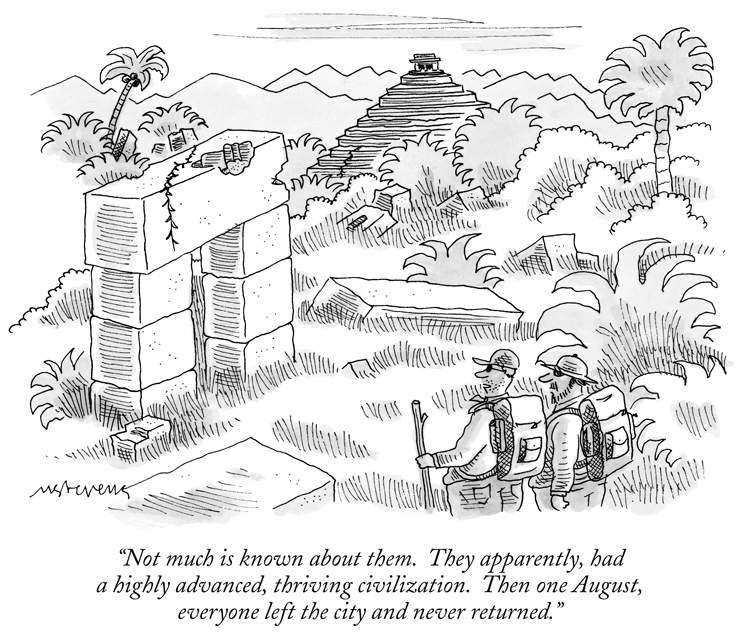 |
 |
 #INTHEAIREVERYWHERE |
| Vol. 14 No. 67 | Wednesday
August 19, 2015 |
 |
|
Doldrums?
China Southern is banking on a rebound. |
 |
|
What
exactly constitutes a package seems to be obvious—anything used
to contain some form of merchandise or goods for the purpose of transport. What do the regulations say?
Package (Non-Radioactive Material): The complete product of the packing operation consisting of the packaging and contents prepared for transport. What’s it all about?
In simple language, the packing group describes the quality of the packaging and its ability to contain the goods.
It is important to
understand that “Overpacks” are not considered a means
of packaging, and a considerable number of non-compliant shipments
result from such misperception. Why is that difference important?
Without a proper understanding of the terms “packing” and “packaging,” shipments of Dangerous Goods will not be in compliance with the regulations. It’s
not that simple But
that’s not all
The air transport sector, unlike other modes of transport, has defined certain environmental parameters that must be considered when packing and shipping dangerous goods. |
 |
|
The domestic air cargo sector
in India is keen to build on the growth it is experiencing. Even as
new airlines begin flying —regional carrier Air Pegasus started
operations in the last few months and a few more like Hyderabad-based
Turbo Megha Airways and Flyeasy from Bengaluru have received the necessary
permissions—India is finally receiving the connectivity it has
been wanting for a long, long time. Connectivity Is King That connectivity, according to the Domestic Air Cargo Agents Association of India (DACAAI), the apex national body of the domestic air cargo agents, will go a long way to boost cargo flow from the interiors of the country and vice-versa. Where Is The Growth? Today, with new airlines coming in, the country will see an increase in the number of aircraft from the 525-plus to 1,000 by 2020. Along with new services, the increase in flight frequencies to Tier-II and III cities will also result in sufficient airlift capacity for domestic cargo. The AAI Plan The AAI has chalked
out plans to boost the domestic cargo market by utilizing passenger
terminals at regional airports that see few passengers.
Among those airports where common user facilities were set up or were in the process of establishment are Amritsar, Lucknow, and Varanasi in the north; Ahmedabad, Surat, and Aurangabad in the west; Chennai, Coimbatore, Mangalore, Trichy, Trivandrum, Calicut, Madurai, and Vishakhapatnam in the south; Kolkata, Bhubaneswar, Ranchi, Gaya, and Raipur in the east; and Guwahati in the north-east. Meetings
& Moves
In a recent move, DACAAI members President Suraj Agarwal, General Secretary Amit Bajaj, Secretary General Co.l R. P. Shukla, and Presiding Officer Arvind M. Nayak met the Minister of State for Civil Aviation Dr. Mahesh Sharma to apprise him about the growth of domestic cargo and the problems the sector was facing. Some Further Study To achieve efficiency in handling such large tonnages of domestic cargo, DACAAI conducted a study on the need for proper standard centralized domestic cargo facilities that was handed to the MoCA in October last year. Taxing Situation Forwarders
also mentioned the heavy burden of service tax—14 percent—on
domestic air cargo. General Secretary Amit Bajaj added that service
tax was a major issue that needed to be addressed by the government.
Other Voices Needed The trade body also demanded an independent ombudsman who could be approached for grievances, would highlighting issues like service levels by different providers, and sort out bottlenecks in handling domestic air cargo. |
If
You Missed Any Of The Previous 3 Issues Of FlyingTypers |
|||
|
| Forward this email to a friend |
| Update Profile To continue receiving FlyingTypers |
Publisher-Geoffrey Arend
• Managing Editor-Flossie Arend • Associate Publisher/European Bureau
Chief-Ted Braun Film Editor-Ralph Arend • Special Assignments-Sabiha Arend, Emily Arend • Advertising Sales-Judy Miller |
|






 I
can remember, when I was very little, paging through one of the airport
books my father had written and seeing a picture of a young woman
standing next to a small airplane. I think I noticed her because,
like me, she had very short hair—at the time, my older brother
and I received our haircuts from our father’s barber, so my
hair never grew past my ears. She was tall and lithe, possessing a
gamine beauty I found enthrallingly relatable. I liked her smart bomber
hat with its insectile goggles, her unruly, moppish hair, the ease
in which she existed in a tight, cropped leather jacket and buoyant
riding pants. There is a relaxed confidence and serenity in pictures
of Amelia Earhart. For someone with everything to prove, she projects
an air of having absolutely nothing to prove at all.
I
can remember, when I was very little, paging through one of the airport
books my father had written and seeing a picture of a young woman
standing next to a small airplane. I think I noticed her because,
like me, she had very short hair—at the time, my older brother
and I received our haircuts from our father’s barber, so my
hair never grew past my ears. She was tall and lithe, possessing a
gamine beauty I found enthrallingly relatable. I liked her smart bomber
hat with its insectile goggles, her unruly, moppish hair, the ease
in which she existed in a tight, cropped leather jacket and buoyant
riding pants. There is a relaxed confidence and serenity in pictures
of Amelia Earhart. For someone with everything to prove, she projects
an air of having absolutely nothing to prove at all.  The cover of the January issue of Smithsonian
Magazine features a gorgeously monochrome Amelia Earhart, and
boasts “New Clues, New Controversy” regarding her disappearance.
Again, Amelia appears calmly angelic in whitewashed tones of cream
and grey and charcoal, and I can’t help but wonder if our fascination
with her isn’t simply because she was the first woman aviator
to fly solo across the Atlantic, but because every portrait of her
projects a dreamy, subdued quality, as if we’re catching someone
not meant to be frozen in film. Her knowing look beguiles us. I challenge
anyone to look at her picture and not read a chilling intelligence
and sadness in those eyes—she looks as if she knew what was
coming.
The cover of the January issue of Smithsonian
Magazine features a gorgeously monochrome Amelia Earhart, and
boasts “New Clues, New Controversy” regarding her disappearance.
Again, Amelia appears calmly angelic in whitewashed tones of cream
and grey and charcoal, and I can’t help but wonder if our fascination
with her isn’t simply because she was the first woman aviator
to fly solo across the Atlantic, but because every portrait of her
projects a dreamy, subdued quality, as if we’re catching someone
not meant to be frozen in film. Her knowing look beguiles us. I challenge
anyone to look at her picture and not read a chilling intelligence
and sadness in those eyes—she looks as if she knew what was
coming.  Other, less savory, theories abound.
Other, less savory, theories abound. Campbell
believes Earhart and Noonan landed in the Marshalls in 1937 and were
taken to Saipan, where they were likely executed as spies. He also
believes we’ve all been fed a pack of lies in order to protect
the reputation of Franklin Delano Roosevelt, who knew where Earhart
was “but didn’t want to risk a confrontation with Japan.”
In an email to Smithsonian Magazine, Campbell wrote, “Roosevelt
could never have survived public knowledge that he failed to help
America’s No. 1 aviatrix of the Golden Age of Aviation.”
Campbell
believes Earhart and Noonan landed in the Marshalls in 1937 and were
taken to Saipan, where they were likely executed as spies. He also
believes we’ve all been fed a pack of lies in order to protect
the reputation of Franklin Delano Roosevelt, who knew where Earhart
was “but didn’t want to risk a confrontation with Japan.”
In an email to Smithsonian Magazine, Campbell wrote, “Roosevelt
could never have survived public knowledge that he failed to help
America’s No. 1 aviatrix of the Golden Age of Aviation.”



